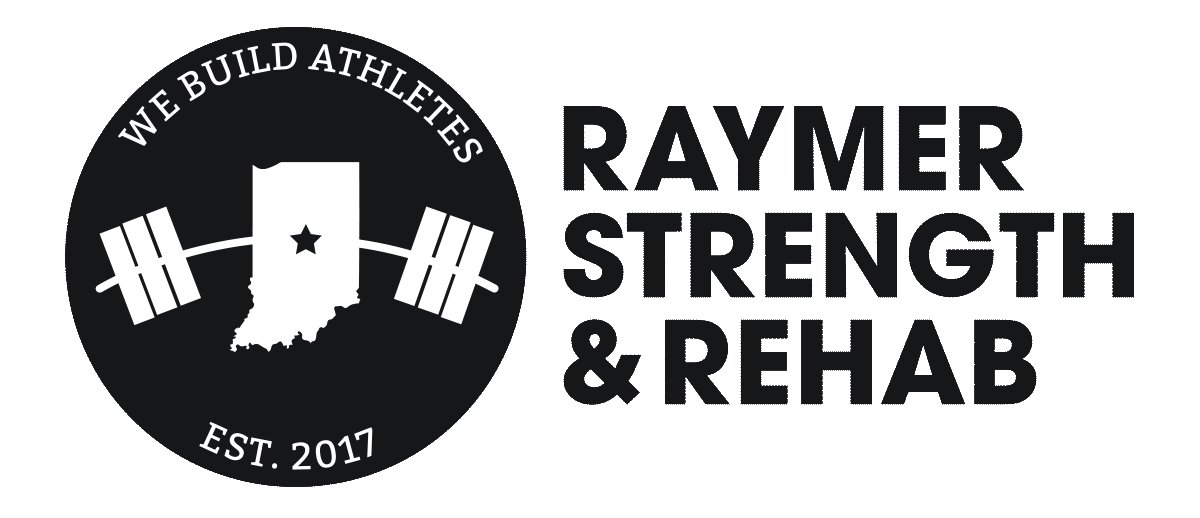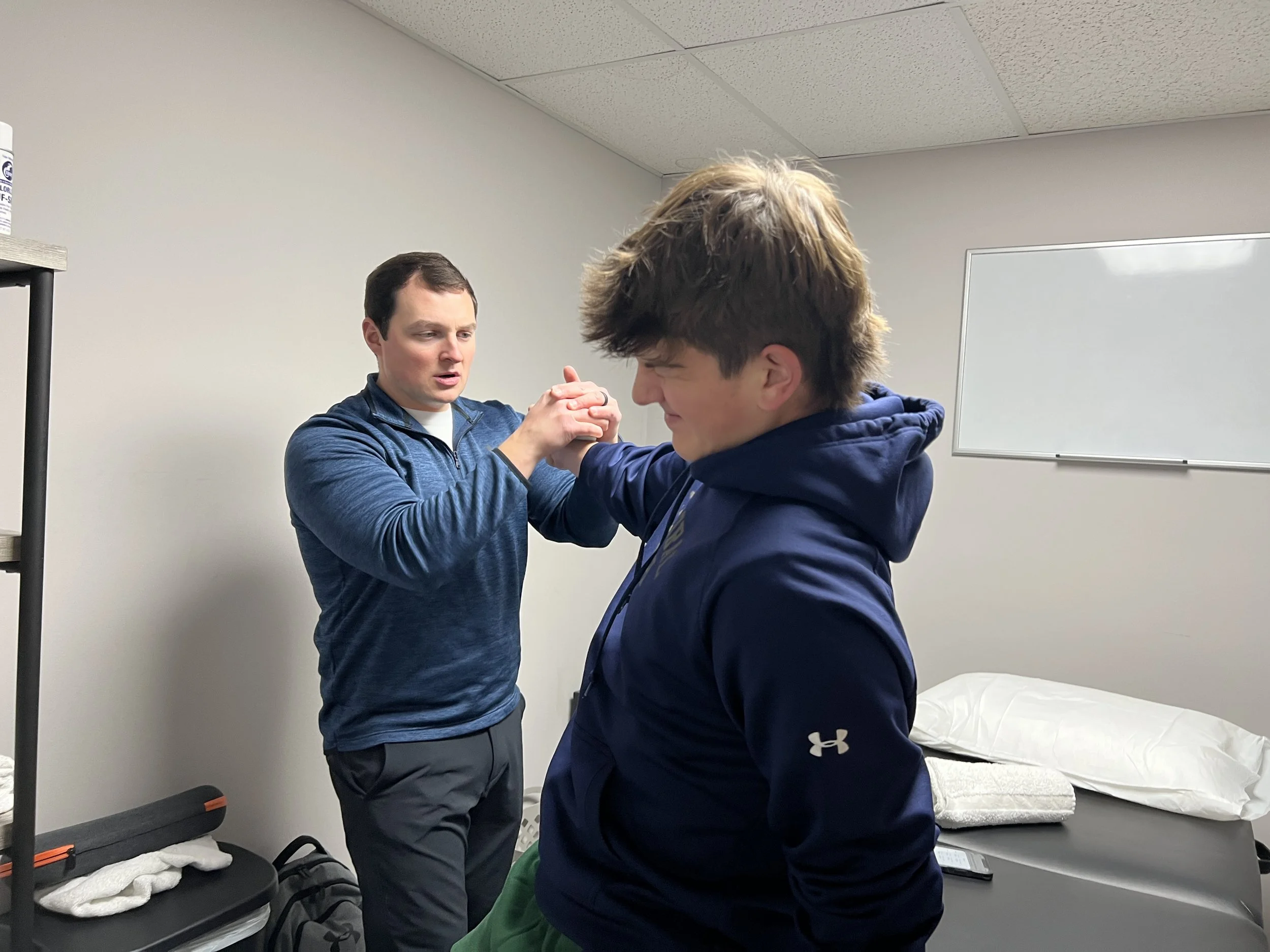Tips from a Baseball Physical Therapist (Part 1): Throwing-Related Injury Risk
Author: Taylor Miller, PT, DPT, SCS, CSCS
Barring the colder, wet weather, this has always been one of my favorite times of the year. Baseball is here: Spring Training is in full swing, college baseball is now underway and the high-school season is just around the corner.
Professionally speaking, March and April also tends to be one of the busier, more bittersweet times of the year for me in the clinic. Bitter in the sense that I am seeing more athletes who are injured/in need of rehab, although sweet (for me) that my caseload is filled with a population that I love to treat and have a strong passion for: throwers.
Unfortunately, this influx of overhead athletes onto my caseload is fairly cyclical and usually easy to predict. Typically, I tend to see a spike at the start of the season, a bit of a dropoff as players transition from their high school to travel seasons, and another upward trend towards the end of travel ball.
But why, though? Why are these trends predictable without fail year after year? Well, I’m sure my answer doesn’t surprise most of you reading this blog, but in my opinion, it boils down to workload management…the lack thereof.
If Workload ≠ Capacity, then ↑ Injury Risk
The concept of workload has been a topic that has continued to gain significant traction within the rehab world over the past decade, many thanks to renowned researcher Tim Gabbet (1).
Simply defined, workload is the “cumulative amount of stress placed on an individual from multiple training sessions and games over a period of time”.
The key word here is stress.
Stress in the baseball world usually boils down to the intensity, volume and frequency of throwing. Rarely do you find a player who is hurt because he “swung the bat too much or too hard”, or “got too fast with his 60yd dash.” Having a sufficient understanding of workload and how to monitor it is not only an important part within the current baseball landscape, but all sports, training and competitive activities.
Without getting too far into the weeds regarding this topic, the overarching concept we must understand is the acute:chronic workload ratio. Simply put, this is a comparison of the amount of workload within a 7-day period (acute) to the average workload within the previous 28-day window (chronic).
With respect to managing injury risk, the research is fairly consistent when it comes to an appropriate acute:chronic workload ratio, with the ideal ratio ranging between 0.8-1.2 (graph below). Obviously, too low or too high of a ratio can indicate that one is either not “trained” enough or “over-training”. Both of which can lead to injury.
The goal with training of any kind is to progressively build a tolerance to stress over a period of time. By strategically (key word) placing such stress on the body, this will help us adapt + build resilience, which in turn will allow us to withstand higher workloads over time. Where players get into trouble (i.e. injured), is when this stress is applied too often, too soon and/or too much, resulting in workload spikes.
Throwing-Related Injuries: It’s a Problem, But Not Without Solutions
Now you’re probably saying to yourself, “okay, I’m not really sure what all that means, but thanks I guess?”
Well, let me put it into perspective. Throwing-related injuries are becoming more and more prevalent each year, but why? Can this issue be solved? I’ll mention this a few times throughout this blog: throwing is not good for you. Overhead throwing, especially throwing a baseball, is not a natural movement that the arm is anatomically built to withstand, especially at the capacities and intensities we are seeing today.
Yet on top of this, we still have coaches not keeping track of pitch counts, we have sport specialization at younger ages, and we have an increased use of technology/data (not always a bad thing) that is driving players to chase velocity/spin rates/etc. at ages and skill levels when they would benefit much more by actually learning how to move efficiently both on the field and in the weight room.
Apologies for the long, run-on sentence; I tend to get a bit fired up when talking about this stuff! As you can tell, throwing-related injury trends are not a result of one sole factor; this is certainly a multifactorial issue.
Here’s the way I would love to see it:
Early Adolescence (Ages 10-13)
One word: puberty.
Take advantage of it. Learn and refine basic weight room movement patterns (squat, hinge, lunge, push, pull, carry) and LOAD them. No, this will not stunt your growth (more on that here)! Learn how to “de-baby deer” yourself and move athletically. Focus on the fundamentals of the swing/throw. Play multiple sports, be an athlete. Prioritize sleep, eating right and staying mobile.Middle Adolescence (Ages 14-16)
Continue taking advantage of your active endocrine system (i.e. stay embedded in the weight room and progressively overload). Build upon the aforementioned movement patterns refined throughout your younger ages, and now actually learn how to move explosively through them. In all planes of motion, especially rotationally. Learn and refine the mechanics of an efficient swing and/or delivery. Keep playing multiple sports. Scouts love athletes.Late Adolescence (Ages 17-19)
Continue to build strength and power in the weight room, within all planes of motion. Take creatine. Specialization typically happens within this stage, or has already happened (if at all). Continue to refine all aspects of your game, while also focusing on the tools you’re lacking given your respected position. Track calories in/calories out, especially if you are having trouble gaining weight. Eat and sleep well. Prioritize mobility and recovery.
How working on rotational power in the weight room can translate directly to the field
How Do We Quantify, Better Yet, Decrease a Thrower’s Risk for Injury?
Luckily, this process is not as daunting as it may seem.
Thanks to many great minds and passionate clinicians before us, we now have research-backed objective measures that can help quantify a thrower’s current risk for injury from an anatomical/movement standpoint. We can then also use these metrics to track how throwers are responding to the aforementioned stress/workload experienced over the course of the competitive season.
First things first, there are two primary buckets that we must focus on when quantifying a thrower’s risk for injury: mobility and strength.
For the mobility side of things, the literature points to assessing shoulder flexion, horizontal adduction, and both internal and external rotation at 90 degrees of abduction. All of these measurements are taken passively, meaning with the arm in a completely relaxed state + moved solely by the clinician.
For the strength side of things, the research points to assessing shoulder scaption, internal and external rotation at both 0 and 90 degrees of abduction, grip strength, and depending on the clinician, some may also assess shoulder abduction.
Before diving into the numbers, there is a catch when it comes to objectively measuring both range of motion and strength within the clinical setting. There are 2 MANDATORY (in my opinion) items for clinicians to uphold and/or for players/parents/coaches to be aware of when having these measurements taken and interpreted:
You need reproducibility and consistency amongst the testing procedures, especially when tracking metrics over the course of multiple testing sessions.
Essentially this boils down to making sure that you can trust the data that is in front of you. Ideally, the same clinician should test the same athlete upon each assessment date. Further, this same clinician should have a standardized, consistent testing procedure utilized between throwers. This then will allow for truly reliable data that we can use to guide our diagnoses, treatments, etc.You need to be objective.
It’s much easier to be objective with passive range of motion measurements, but with strength testing, especially when comparing to normative values or research-backed injury risk cutoffs, the use of a hand held dynamometer or cybex is mandatory. If your PT/trainer is using manual muscle testing to assess your shoulder strength/risk for injury, or even worse, to determine your readiness to return to sport, run for the hills!
I’m using the VALD Dyanmo here as a part of my objective strength measurements
I’m reviewing the athlete’s measurement data and noting any progress/setbacks.
Summary of Part 1
For those of you who stuck around this far, thank you! You were able to experience first-hand 1) my poor english/grammar skills, 2) a few rants, and 3) a few biases of mine.
As you can tell, I truly am passionate about what I do and the patients/population I am fortunate enough to work with on a daily basis. As much as I love seeing overhead athletes in the clinic, it also pains me to see the injuries that these athletes are sidelined with, especially in those at ages where these ailments could have easily been prevented.
With that being said, Part 2 of this now out! I dive into the specific tests and metrics that I use to assess throwers and their risk for injury, while also providing some good, hard data to support these claims.
Interested in learning more about the Physical Therapy services available at Raymer Strength & Rehab?
References:
Gabbett TJ, Whyte DG, Hartwig TB, Wescombe H, Naughton GA. The relationship between workloads, physical performance, injury and illness in adolescent male football players. Sports Med. 2014 Jul;44(7):989-1003. doi: 10.1007/s40279-014-0179-5. PMID: 24715614.







